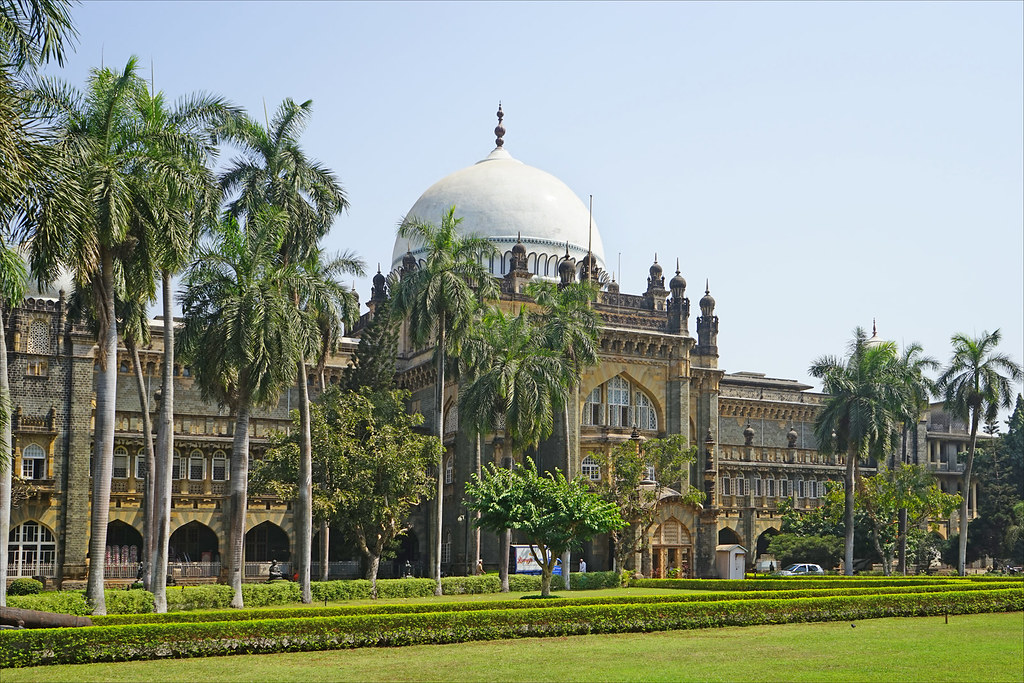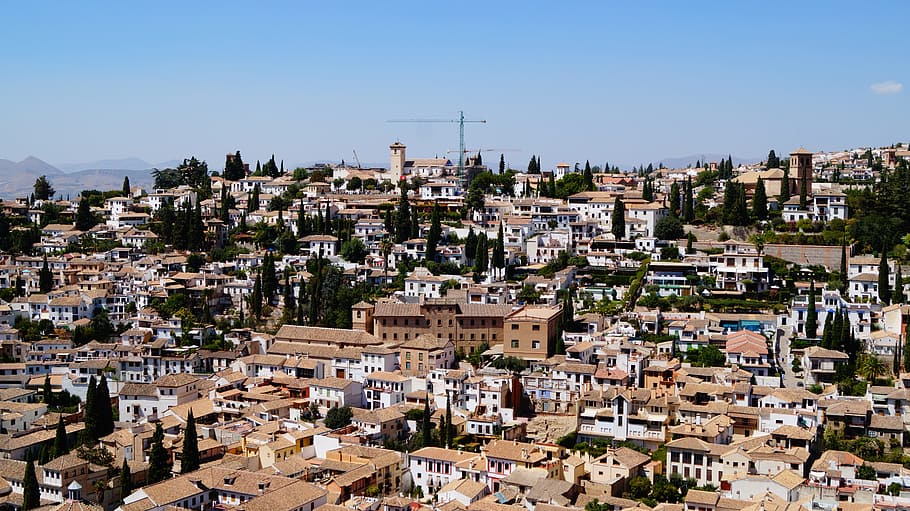Mumbai, formerly known as Bombay, is the largest and most populous city in India, and one of the most vibrant and diverse in the world. It is a city of contrasts, where skyscrapers and slums, colonial buildings and modern structures, temples and mosques, coexist in a chaotic but fascinating harmony. Mumbai is also a city of wonders, where you can find some of the most stunning and unique examples of architecture, from ancient caves and forts to contemporary museums and hotels. In this article, we will take you on a journey through Mumbai’s architectural heritage, and show you why this city is a must-see destination for any traveler who loves culture, history, and beauty.
Mumbai’s Ancient and Colonial Architecture
Mumbai’s architecture reflects its rich and complex history, which spans over two millennia. The city was ruled by various dynasties, such as the Mauryans, the Satavahanas, the Rashtrakutas, the Chalukyas, the Silharas, the Yadavas, the Delhi Sultanate, the Gujarat Sultanate, the Portuguese, the Marathas, the British, and finally the independent India. Each of these rulers left their mark on the city’s landscape, creating a diverse and eclectic mix of styles and influences.
One of the oldest and most impressive examples of Mumbai’s architecture are the Elephanta Caves, a UNESCO World Heritage Site located on an island about 10 km from the city. The caves date back to the 5th and 6th centuries CE, and contain some of the finest rock-cut sculptures of Hindu and Buddhist deities, especially the colossal three-headed Shiva. The caves are accessible by a ferry ride from the Gateway of India, another iconic landmark of Mumbai. The Gateway of India is a monumental arch built in 1924 to commemorate the visit of King George V and Queen Mary to India. It is a symbol of Mumbai’s colonial past, and a popular spot for tourists and locals alike.

An example of Mumbai’s colonial architecture is the Chhatrapati Shivaji Terminus, formerly known as Victoria Terminus, a railway station and a UNESCO World Heritage Site. The station was built in 1887 to celebrate the Golden Jubilee of Queen Victoria, and is a stunning fusion of Gothic and Indian styles, featuring domes, turrets, arches, carvings, and stained glass windows. The station is still in use today, and serves as a major transport hub for the city.

Mumbai’s Religious and Modern Architecture
Mumbai is also home to some of the most beautiful and diverse religious buildings in the world, reflecting its multicultural and multi-faith society. One of the most famous and revered is the Haji Ali Dargah, a mosque and tomb of a 15th-century Sufi saint, located on a small islet off the coast of Mumbai. The white marble structure, with its domes and minarets, is a striking sight, especially at sunset, when it is illuminated by lights. The mosque is connected to the mainland by a narrow causeway, which is submerged during high tide, creating a sense of mystery and isolation. The mosque attracts thousands of pilgrims and visitors every day, who come to pay their respects and seek blessings.

The Siddhivinayak Temple, dedicated to the elephant-headed god Ganesha, the remover of obstacles. The temple was built in 1801 by a wealthy merchant, and is one of the most popular and crowded temples in the city. The temple’s main attraction is the idol of Ganesha, carved from a single black stone, and adorned with gold and jewels. The temple also has a dome covered with gold, and a wooden door with intricate carvings of Ganesha’s eight manifestations.

Mumbai is not only a city of ancient and historic buildings, but also a city of modern and innovative architecture, showcasing its dynamic and creative spirit. One of the most striking examples of Mumbai’s contemporary architecture is the Antilia, a 27-story skyscraper and the residence of Mukesh Ambani, the richest man in India and one of the richest in the world. The Antilia, named after a mythical island, is one of the most expensive and extravagant homes in the world, costing over $1 billion and featuring a helipad, a cinema, a ballroom, a spa, a gym, a library, and a staff of 600. The Antilia is also a green building, incorporating energy-saving and environmental-friendly features, such as solar panels, rainwater harvesting, and vertical gardens.

Another remarkable example of Mumbai’s modern architecture is the Chhatrapati Shivaji Maharaj Vastu Sangrahalaya, formerly known as the Prince of Wales Museum, a museum of art and history. The museum was built in 1914 to commemorate the visit of the Prince of Wales to India, and is a blend of Indo-Saracenic, Mughal, Maratha, and Jain styles, featuring a dome, a central hall, and a garden. The museum houses a collection of over 50,000 artifacts, ranging from ancient sculptures and paintings to coins and weapons. The museum also has a modern wing, designed by the renowned architect Charles Correa, which showcases contemporary art and culture.

Mumbai is a city that never ceases to amaze and inspire, with its diverse and unique architecture, reflecting its past, present, and future. Mumbai is a city that deserves to be explored and admired, by anyone who loves architecture, or simply loves life.
Related posts:
Mumbai Architecture City Guide: 20 Projects in One of India … – ArchDaily
Architecture of Mumbai – Wikipedia
Reasons Mumbai is Known as ‘The City Of Dreams’ – Culture Trip





